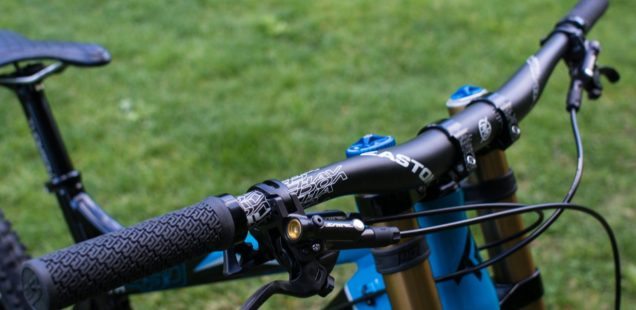
35mm vs 31.8mm Handlebars
35mm vs 31.8mm Handlebars, what is best?
It’s not a simple question, but maybe I can help. 35mm is the new contending standard for handlebars and stems, rivalling the existing “oversize” 31.8mm clamp.
I have been riding with 31.8mm handlebars since mid-2009 on both my downhill and cross country bikes. A significant jump in size from the existing handlebar standard clamp size of 25.4mm, the 31.8 standard promised stiffer bars at the same or lighter weight than 25.4mm handlebars, along with greater impact strength.
Some claim that the shift to oversized 31.8mm clamp standard was a strategic move by component manufacturers who previously produced 25.4mm (for MTB) and 26.0mm (for road) and wanted the economies of scale from exchanging two standards for one. Others say that 31.8mm stems allowed for safer use of carbon handlebars, making the material more suitable and marketable for use on bicycles.
Flex and Stiffness
A lot has changed in mountain biking since this time – as the new 31.8mm standard became accepted, bars have grown wider and wider. At the time of writing, most “gravity” bars are being released in lengths between 780mm and 800mm. Wider bars typically mean more leverage and theoretically increased flex. In fact, tackling flex seems to be a big deal for manufacturers (and marketing departments) nowadays.
I’ll stop at this part of the post to mention that I’m quite light. I weigh around 70kg (~155lbs) and have never felt that flex in components has been detrimental to my experience on a bike. Obviously however, I don’t have the perspective of being much heavier, so I may be completely missing the point.
For downhill bikes, wheels used to be damn stiff – more often than not they were overbuilt. Super wide rims and durable spokes saw to that. Most wanted a bike that would simply take abuse for as long as possible.
Back in the day, if something was going to flex (other than your tyre sidewall) on a gravity bike, chances are it would be your fork. For this reason, mountain bikers have for the most part favoured dual crown forks for downhill use as opposed to the “upside down” alternative that is common place in moto-x. Axle standards and general design and technology improvements have eliminated a heap of flex from mountain bikes, especially the front end.
With excitement when ordering my latest Transition TR450, I decided to run Easton 35mm handlebars and stem. I assumed that I’d not notice any difference between my previous 31.8mm cockpit, but that couldn’t have been any further from the truth.
You see, I had a pretty good comparison – my previous gravity bike was also a Transition TR450. If you check out the links, you’ll see that both bikes ran a Fox 40 and the frames and forks had minimal design changes in this time. I ran a different wheelset on both, so not a true comparison, but both were built for gravity use. If anything, the custom Spank/Hope/Chris King wheelset on my earlier bike was probably lighter and potentially more flexible than the Easton Havoc DH wheelset on my new bike.
My previous cockpit was an alloy 31.8mm Spank Spike 777 Evo Handlebar (full length at 777mm) and Spank Spike Director Stem, the new bike was running an Easton Havoc 35mm carbon handlebar cut to 780mm with matching Easton Havoc 35 stem.
Vibration
Intrigued in whether or not there was any worth to the 31.8mm vs 35mm debate, I set out for some maiden laps of the Whistler Bike Park. I was out of shape for sure – my body wasn’t used to the sheer number of laps that you can do in a day at a bike park. I knew one thing though, my hands hurt. As time went on, this got better, but not like it usually does. It just never went away. I had the same profile of grips, same suspension setup, same tyres – same pressure!
Despite this, I became more comfortable with the bars, even if they did vibrate like crazy. As I pushed the bike harder, I began to notice flex through my wheels, especially up front. I’d been pretty pedantic with tightening those spokes, but the wheels just kept flexing.
It all left me pretty confused. Isn’t this new 35mm standard meant to solve our problems? It seems to me that the new standard is just transferring the energy from one place to another – out of my bars and into my wheels and hands.
I spoke at length to my friends from Spank Bikes about this and they basically came back to me with the same thoughts. Spank felt compelled to produce a 35mm handlebar as the industry is heading in that direction however they can’t see the benefits. They are working on solutions to reduce vibration sent into the riders’ hands and it appears that 35mm does the opposite of this.
While being my opinion and nothing more, the MTB industry seems to be in murky water – they seem to have found a solution to a problem that didn’t really exist and that so called solution has raised a range of other issues. My bike feels better and gives me more endurance with 31.8mm bars.
Maybe there’s still development to come that will make this standard work for lighter bikers. Maybe it’s a standard that only benefits much heavier bikers. Unless someone manages to address the vibration issues or manufacturers stop producing 31.8mm products, I can’t see there being a huge uptake in the 35mm standard.
By now I’d guess you know my verdict – I’m not sold. I like to think of myself as an early adopter of technology but I just can’t get on board with the 35mm handlebar standard. Not now anyway.
35mm vs 31.8mm bars? 31.8mm for me!
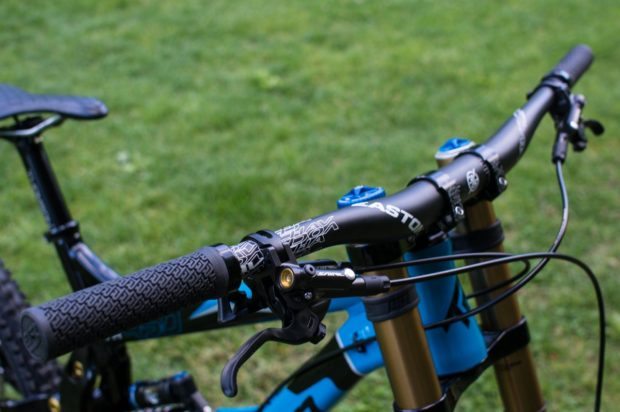
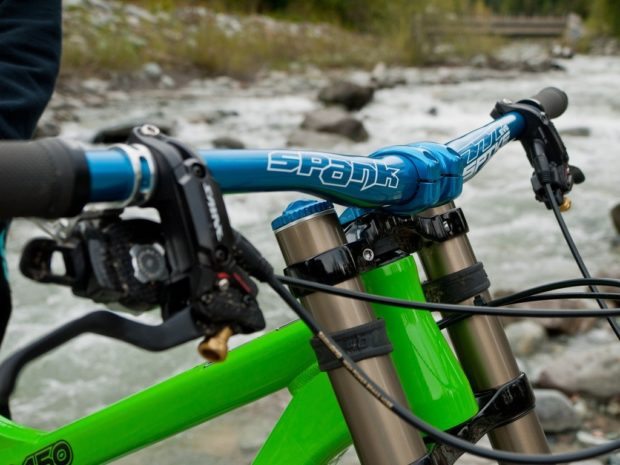
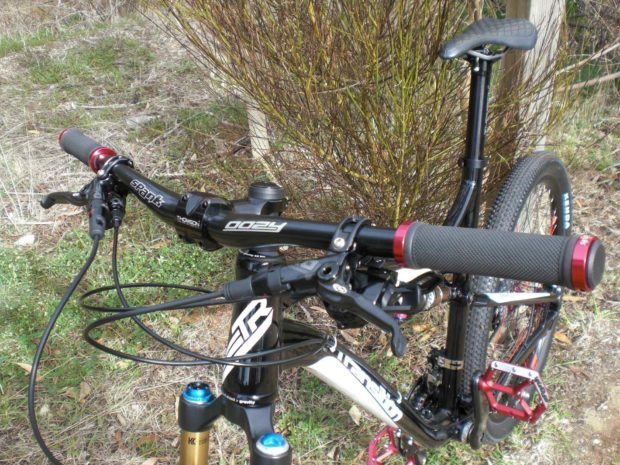

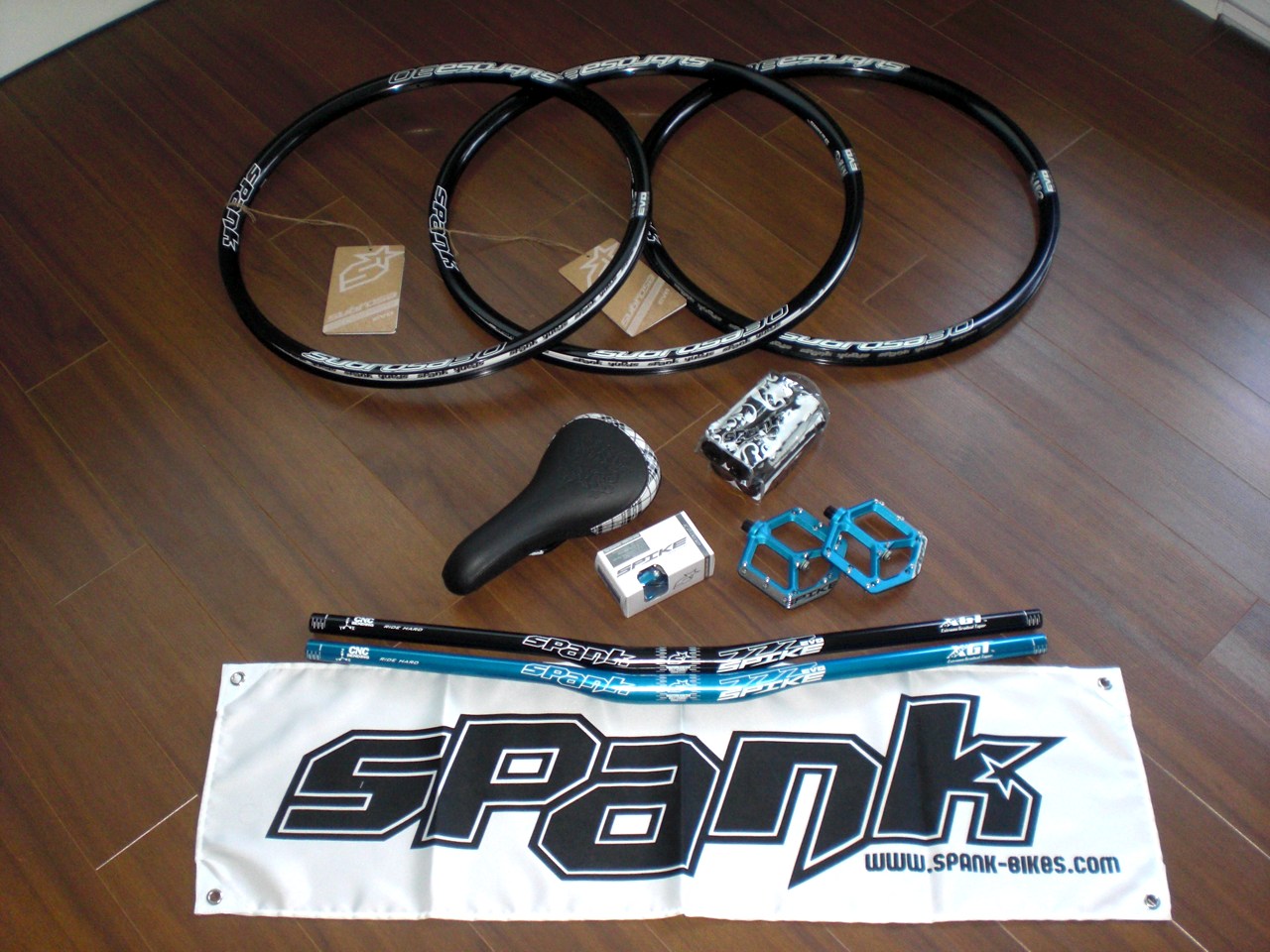
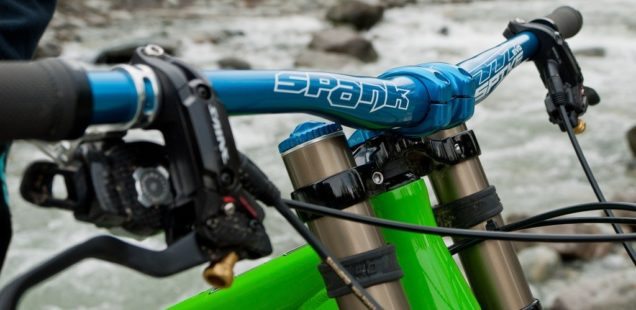
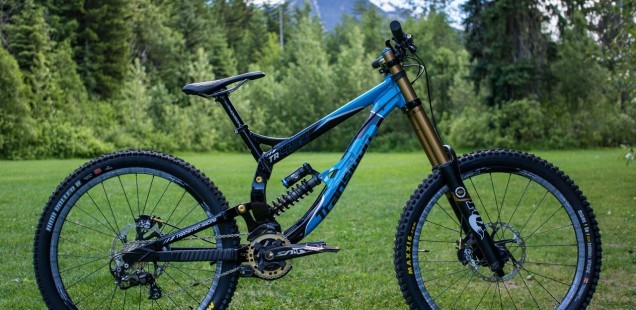


You went from an alu bar to a carbon bar. That is the real difference.. not the diameter.
Agreed, carbon plays a huge role in the increased stiffness I experienced. Still, I never found 31.8mm alloy bars to have too much flex (maybe this is very different for heavier riders). 35mm alloy is better, but still unnecessarily stiff to me. Obviously though, this is all personal opinion and everyone needs to find a bar stiffness/width/rise that suits their needs.
Was just doing research on this and my hands are the same way so good insight I will upgrade to the 31.8 but it will save me some $ over the “trendy” 35mm ???